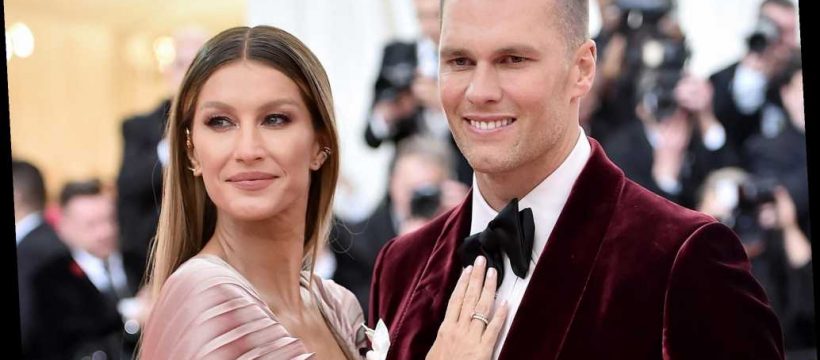Maybe opposites attract, but an infamous 20th-century study posited that partners grow to look more similar to one other over time.
However, new research has refuted the concept, debunking the theory laid out by the distinguished psychologist Robert Zajonc in the ’80s.
Published Monday in the journal Scientific Reports, Stanford PhD candidate Pin Pin Tea-makorn and Stanford associate professor Michal Kosinski presented findings disproving that couples tend to morph to look like each other. The study, titled “Spouses’ faces are similar but do not become more similar with time,” argues that people are attracted to mates who look similar to themselves, but time together does not exacerbate these similarities.
Tea-makorn and Kosinski re-examined the theory, established by the late social psychologist Zajonc during a 1987 study conducted at the University of Michigan called “Convergence in the physical appearance of spouses.” For his study, Zajonc had volunteers rank photos of a dozen couples — an extremely small sample size — and deducted that their faces became more similar over the course of their marriages as a result of their shared environment, emotions and activities, the Guardian reported.
“Although plausible,” Tea-makorn and Kosinski cede in their abstract, their re-examination of Zajonc’s theory found it did not hold up. By comparing photos of 517 couples at the beginning of their marriages and photos of them 20 to 69 years later, they found their faces “do not converge over time.”
The study authors did find, however, that couples often look more similar to each other as a result of people seeking mates who look and act like themselves.
“Romantic partners tend to be similar in a wide range of characteristics,” the authors wrote. “Long-term romantic partners have been shown to be similar in terms of height, weight, health, diet, age, physical attractiveness, education, ability, intelligence, psychological well-being, personality, attitudes, values, religion, social class, ethnicity, lifestyle and many other traits.”
Next, the researchers plan to find out if claims are true that a person’s name can be predicated from their face alone. “We’re skeptical,” Kosinski told the Guardian.
Share this article:
Source: Read Full Article

